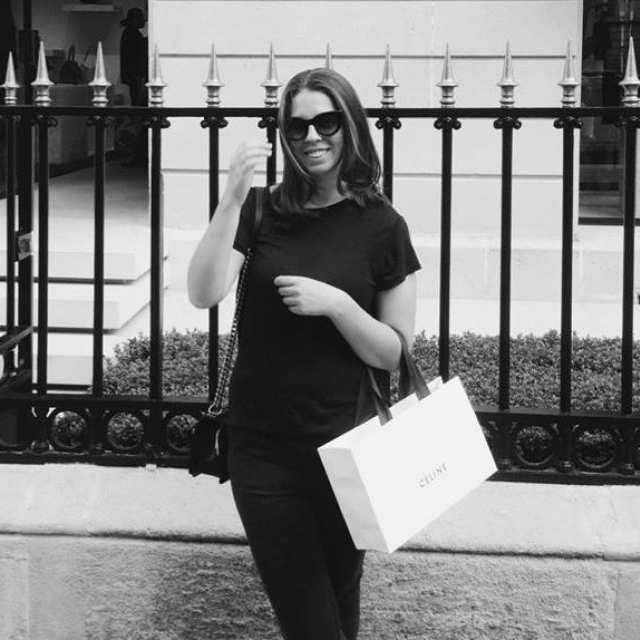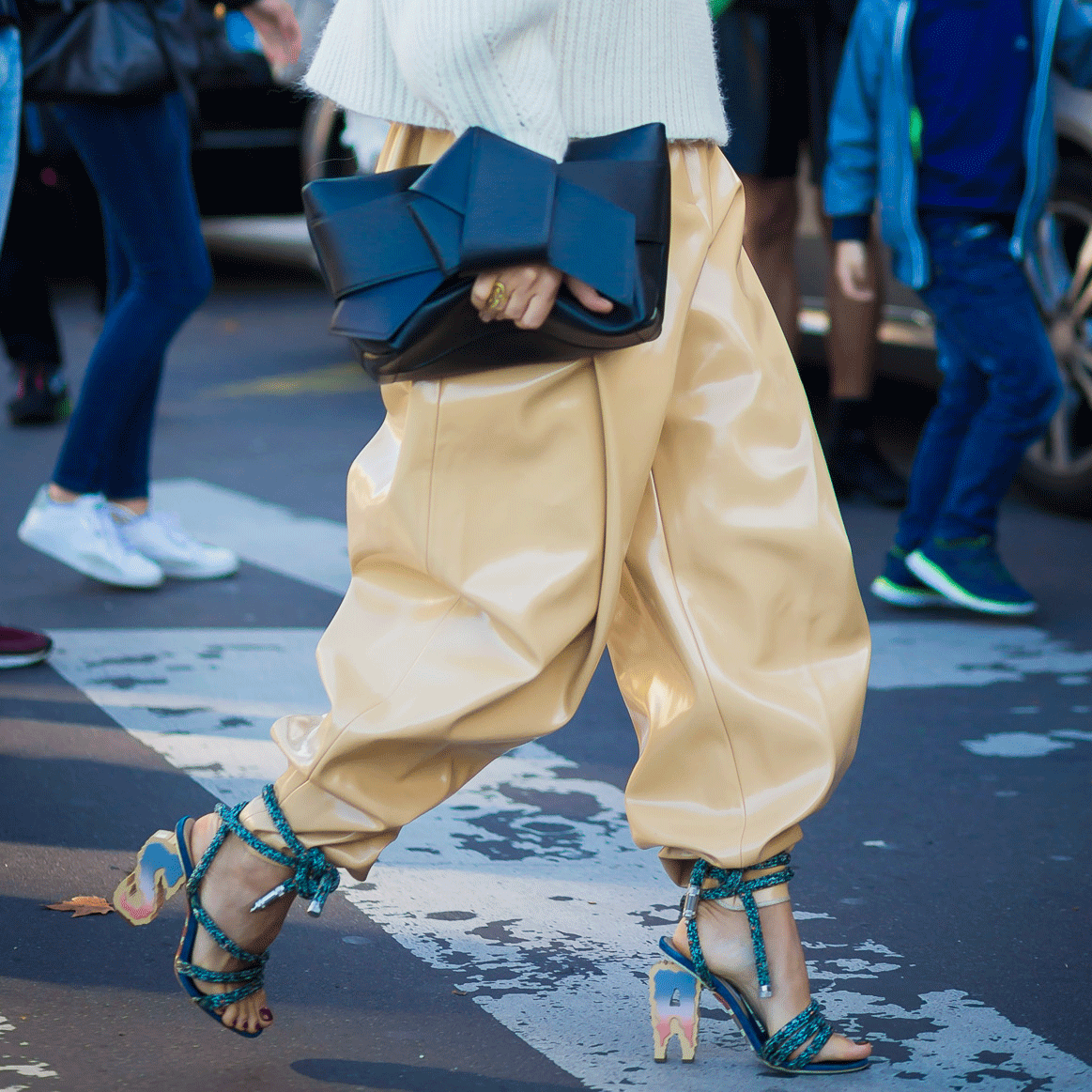If You Love Designer Handbags, You Need to Read This


The luxury fashion business is proudly undemocratic. It exists only because the elite can have what many can’t and this is how the counterfeit market was born.
Not everyone can afford the hefty price tag of a Chanel bag; this is understandable with consistent price increases. I recognise why it may be tempting to some to turn to the replica market to get their (illegal) fix but it’s something many would refuse to do, especially in the High End Facebook Page community. We’re passionate about both the luxury market and the quality of the products we add to our collections.
What if I told you that the second-hand Chanel bag you purchased with much consideration from what you thought was a 'reputable’ store was, in fact, a replica? Yes, even if you purchased it in store… yes even though it was endorsed by someone you follow on social media.
Gone are the days we can all spot a fake Chanel bag a mile away. Today, it takes multiple authenticators to give us the answer we really need. A-grade counterfeits are flooding the second-hand market which is making it more difficult to pick out the fake products for both buyers and re-sellers—it’s risky.
Second-hand markets aside, people are even worried to purchase from department stores due to stories like this. If you love designer handbags you’re probably sweating right about now, but you can rest assured that bags you've bought from well-trusted stores like David Jones or Net-a-Porter are authentic.
The reason I wanted to bring this issue to light, is due to a post that appeared in the High End - Discussion Facebook group recently. Essentially the poster had had a luxury handbag authenticated, after noticing some unexpected wear and tear. She had original documentation from a popular and somewhat reputable store. The bag was authenticated by two separate authenticators with two very separate outcomes. So, what do you do when you have proof that your designer bag is both counterfeit and authentic?
A consignment store owner recently told me, ‘getting a handbag authenticated is like going to the doctors. You could go to three doctors and get three different diagnoses or advice and this goes for authenticators as well’. Authenticators are only offering their personal opinion, which is what you’re paying for. The issue is, their opinion sways your decision to buy or not to buy a four or five-figure handbag. There is a lot to risk when relying on authenticators. Your decision relies heavily on their expertise and your trust.
A consignment business is an excellent place to pick up a hard-to-track-down item. There are many that are very respectable, and I have found some of my most-loved pieces from consignment stores when they were impossible to track down elsewhere or sold out worldwide. I suggest shopping with well-known stores that have positive reviews, and offer a 100% money-back guarantee, or stores that explain their process of authenticating—for your peace of mind.
There is also an exciting new service called Entrupy that is bringing some excitement to the authenticating discussion. It is the first and only authenticating tool and many stores are now using it as it has a 98% success rate. I recommend stores that use this device, along with in-house authenticators for peace of mind. This device is changing the game for consignment stores.
Although this new device is very exciting, it will need to stand the test of time. I also heavily trust the opinions of some authenticators who have the experience of working alongside many high-end brands for 10+ years (like Reality Authentications, and Authenticate First). It is important to find a reputable authenticator who is very trusted, has been around for a long time, and has a very high success rate. Many specialise in only one or a few brands like Chanel, so you would not use their services to authenticate a Givenchy for instance. Many accurate authenticators will refuse to authenticate your bag via images only and request to have the bag sent to them.
I recommend using two separate authenticators to be sure, and using the same images for both, for unbiased results (or to preferably send in the bag). Make sure you provide images of all angles of the bag including; date code, serial number, stampings, corners, interior and exterior, and a close up of stitching and logo.
If you’re choosing an item through a store, make sure they’re reputable, explain their authentication services and offer 100% money back guarantee if an item were to slip through their authenticating process. If purchasing online through marketplaces, always use a third party payment service like PayPal so you are covered.
Human error is always possible but by using the tips above I believe you are safe from counterfeit products. Please don’t be scared away from buying second hand, you just need to make informed choices when buying. Purchasing second hand can be a fun and exciting way to get your hands on a sold out item that is heavily discounted. I would stay clear of stores who don’t explain where or how their items are sourced, as this is where it can become an issue for the buyer, and don't forget to always trust your gut instinct. If it’s too good to be true, it usually is!
Looking to shop for a second hand luxury handbag? Visit The Real Real, where you know it's safe!
Want more handbag trends? Follow us on Pinterest.

Who's your style icon?
I admire Phoebe Phillo, Emanuelle Alt and Marine Vacht.
Who are your 3 favourite people to follow on Twitter/Instagram?
Lara Bingle, Bella Hadid, Kym Ellery.
What's the fashion essential you can't live without?
A cashmere knit.
What's your desert island album?
I’d prefer the silence.